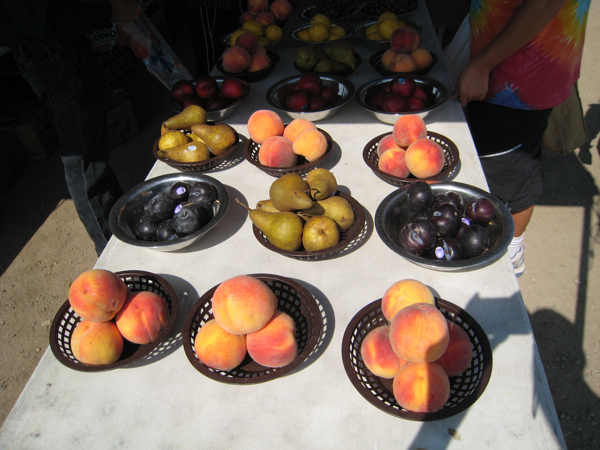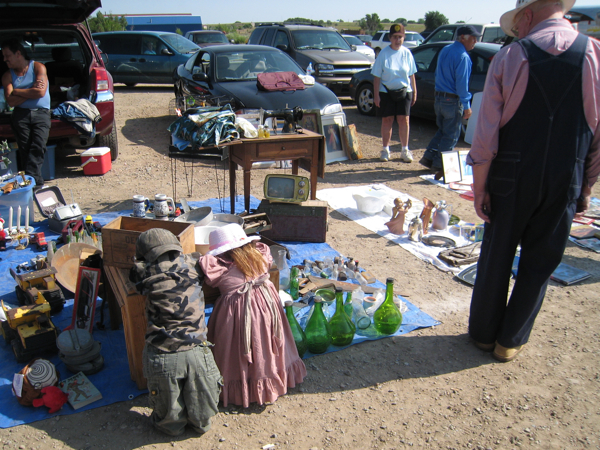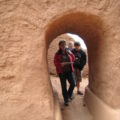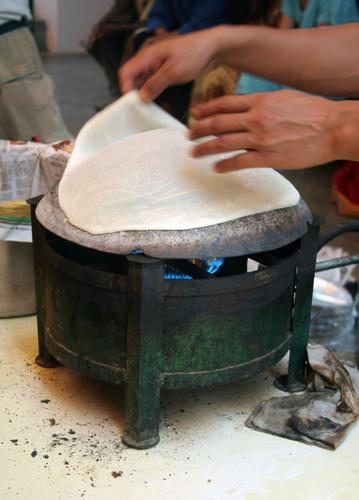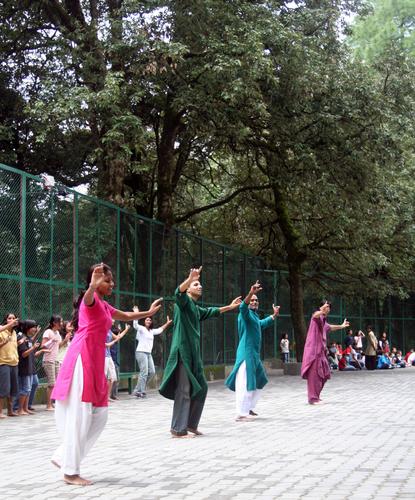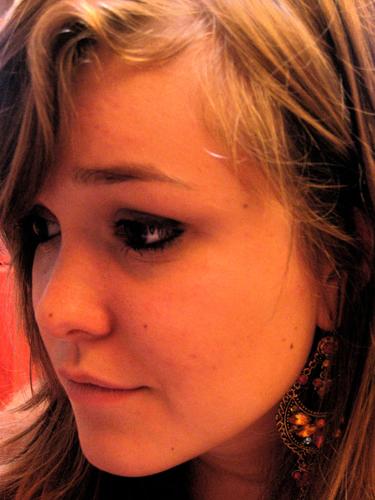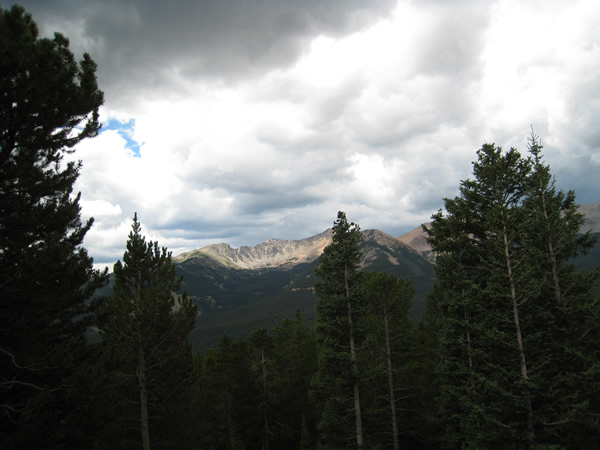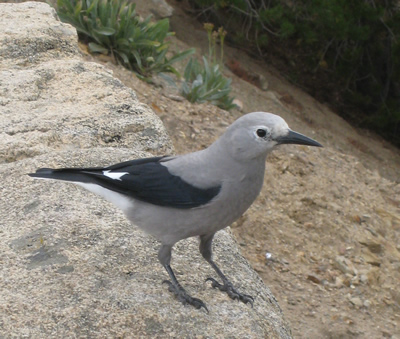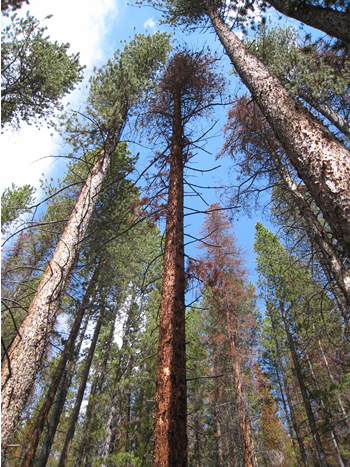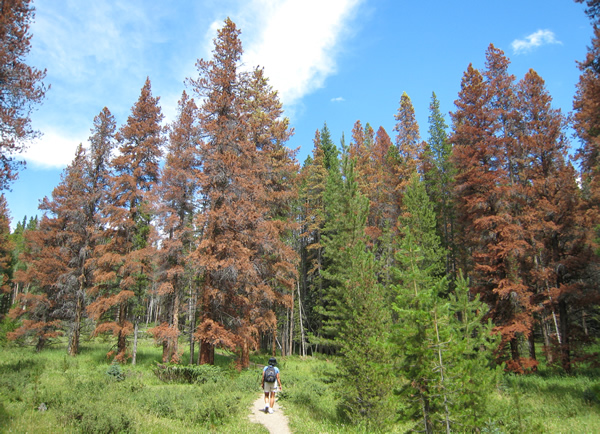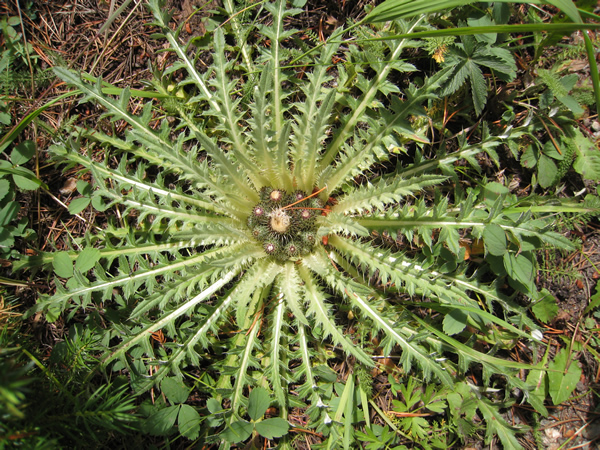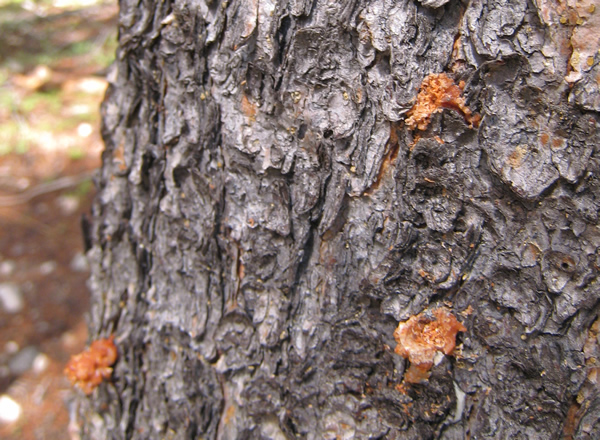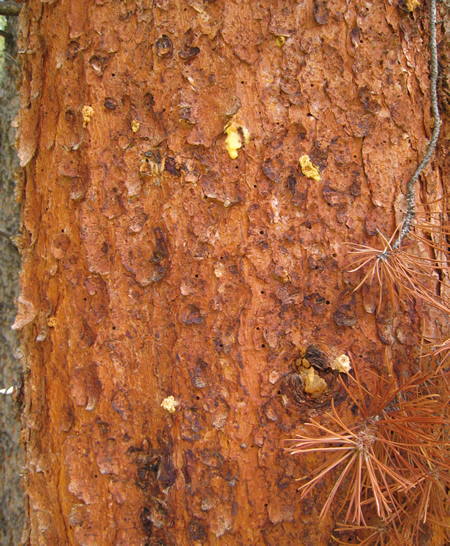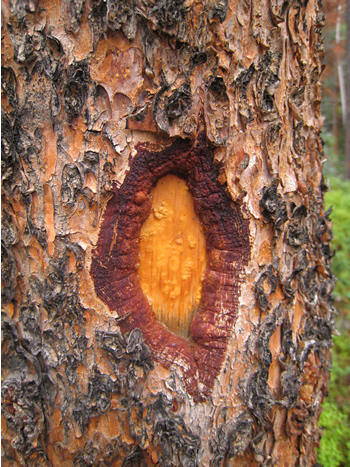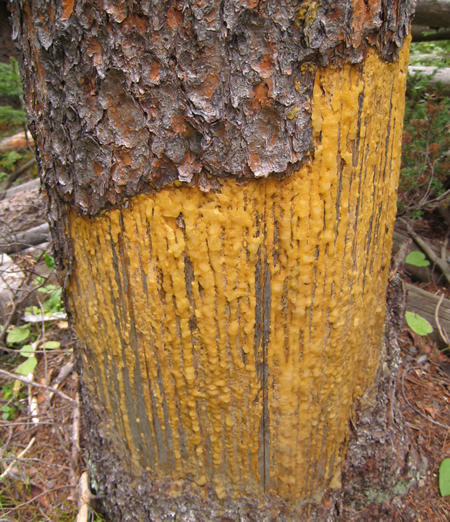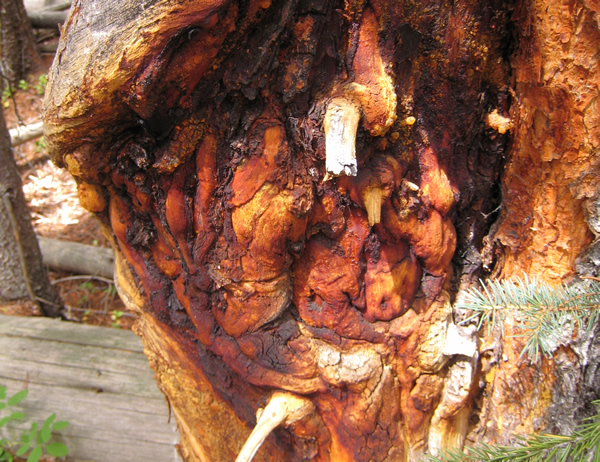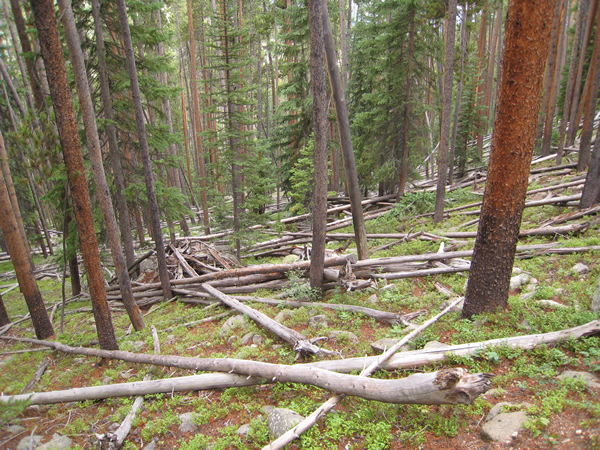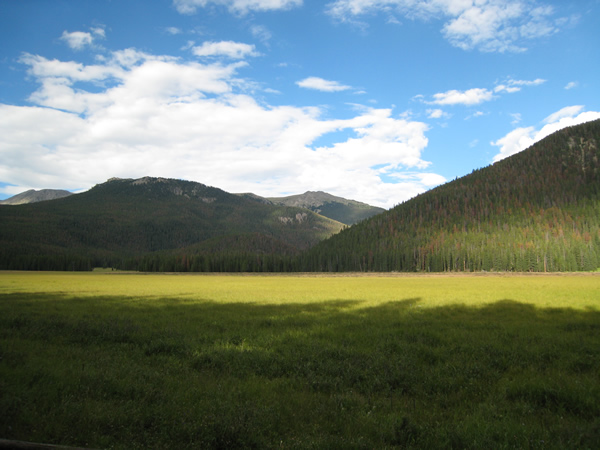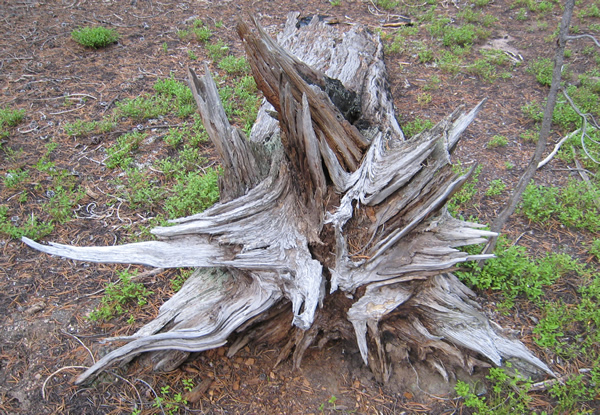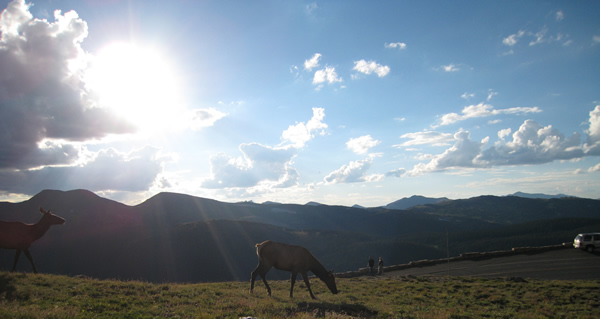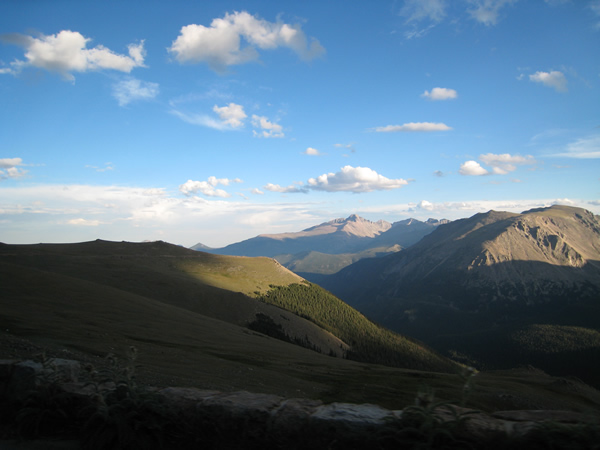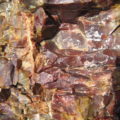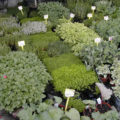original
By 4:10, my brain hurts, literally.
Lessons here are divided into periods of 40 minutes each, but usually (except for subjects like religion) there are two consecutive periods per lesson, so 80 minutes.
Today, 80 minutes of Hindi with a test (I didn’t remember the word for “pocket” but I think everything else went okay); then 80 minutes of AP English: that is, a university-level English course – they say.
We’re reading and analyzing a book, that one about the insane asylum and the guy who flew over the cuckoo’s nest and I don’t remember the Italian title.
THEN: 80 minutes of math – no comment! And to end in beauty: 80 minutes of Government and Politics, during which I had to do research to write a “paper”, as they call it here, on the positive or negative influence of non-governmental organizations in the world. I chose to write about female genital mutilation in Africa, so I spent a good hour reading delectable discourses about clitorises torn off with pieces of glass and such.
School started in August, vacation was far too brief (Jesolo, every now and then I close my eyes and I’m there!), and yet I’m not complaining. I have to say that I have landed in my natural habitat, scholastically speaking.
I was allowed to choose my own courses. Aside from some minimum requirements and so on, I decided for myself what to study! And this is fantastic. Then the teaching here is completely different. Very discursive lessons, and you have to participate – and those who have had the honor to have me as a classmate know that I love to participate actively in class, even too much so.
Every hour I have to remember new phonetic sounds, and new writing. I don’t have to read a book, but go on the Internet and find for myself the information I need to put together my research.
It’s hard. It’s tiring. It’s not passive learning. It’s too wonderful!
The courses I’m taking are: Hindi, English, Government and Politics, acting, arts and religions of Indian origin (Suor Maria, don’t hate me!).
It’s strange: geographically I’m in India, but the school is a place unto itself. Once you’re here, it’s a total melting pot. Everything varies, from skin color to accent to eye shape. I’m very embarrassed when I can’t pronounce someone’s name or, worse, I’ve never heard of the country they come from!
I’d also say that a white pseudo-blonde feels banal in a place like this.
Ever since the school began to work with this cultural exchange agency [the SAGE program], it’s traditional that the new kids and the “old” ones take some time before they start socializing and form a united class group.
This depressed me, and I still feel uncomfortable about it. It seems as if the high school is divided into two clans of – ugly to say it – white and black! No one makes an effort to approach the other except, obviously, the undersigned. I feel like an imbecile every time when, with a stupid question, I interrupt the silence, or raise my hand to state my opinion and make myself heard. And yet, I can’t stop. I hate segregation!
I was reaching the limits of my tolerance and was about to resign myself to the life of an asocial little American when today a girl the color of milk chocolate whom I’ve never seen, I swear NEVER seen her face, turned around and said “Hi Rosela! How are you? Are you getting used to India?”
My expression must have shown that I didn’t know who the hell she was, but it was a mix of confusion and stupor: my eyebrows curved high, a half smile, a knot in my throat. “A person I’ve never seen in my life has noticed me, knows my name – more or less – and asks how I am in a friendly tone? And she’s neither white nor a new student!”
Every day is a discovery, every day is laughter mixed with a pinch of melancholy and regret that I can’t be in two places at once, that in a year many things change, and I don’t want to be unknown to the people who have been part of my life before India.
I feel guilty, it seems almost a betrayal to laugh, joke, and show affection to new friends.
That Giulia known as Manzo advised me to find at once the people best suited to degeneracy. Ironically, I’ve met a certain Julia who’s completely out of her head…


